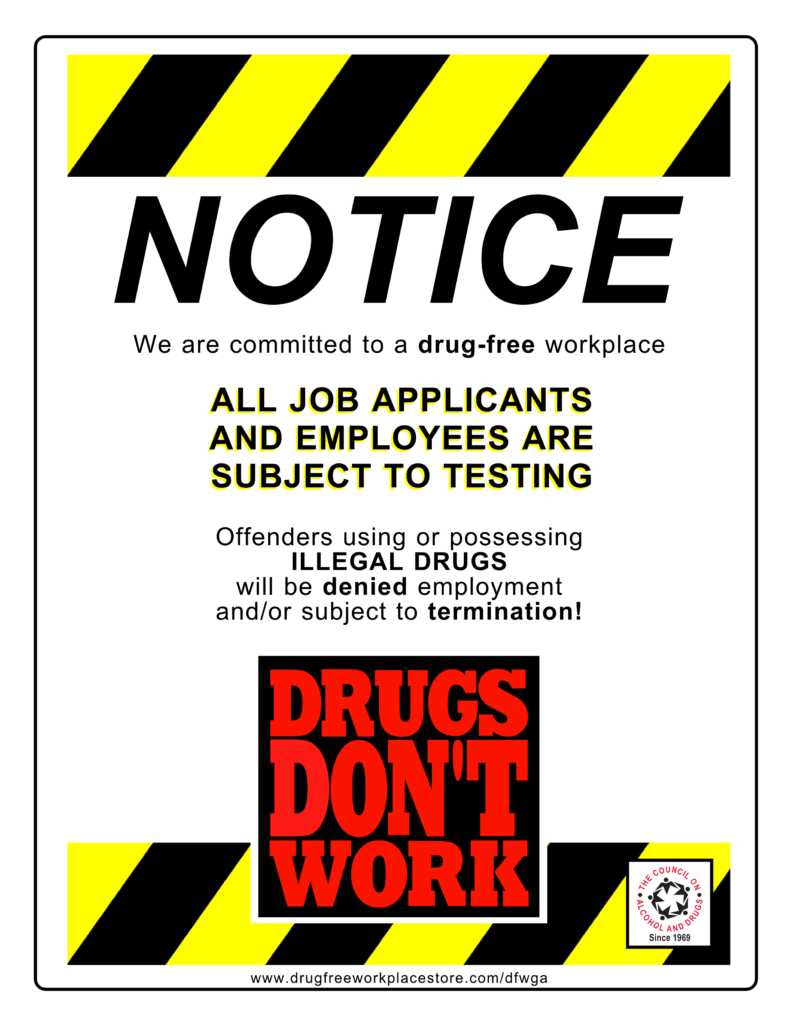
A stroke occurs when blood flow from your arteries to your brain experiences a sudden interruption. The American Stroke Association classifies strokes into three kinds:
If your central nervous system runs for even a few minutes without nutrients and oxygen from your bloodstream, your neurological functioning may become permanently impaired. Many victims of severe strokes live in a persistent vegetative state for the remainder of their lives, and accessing hospice care becomes a must if their loved ones want to live regular lives.
For victims of severe hemorrhagic and ischemic strokes, stroke hospice care is an essential component of symptom management. A trained palliative care team can provide family members with the requisite training, medical supplies, and emotional support required for end-of-life care and contending with the long-term effects of a stroke.
At Longleaf Hospice & Palliative Care, our hospice care team applies a holistic approach in helping stroke patients make a full recovery or assisting them through their end-of-life stages. We provide a broad range of reliable palliative care and hospice services at cost-effective rates.

When you book a free consultation with us, we will answer any questions you might have about Hospice Care, our services, and our team. We want to understand your loved one’s health condition. If they are eligible for Hospice care, we will work together to figure out the best plan for their unique needs.
Without enough blood to deliver nutrients and oxygen, your brain cells will begin to die within seconds. Immediate medical treatment is essential for minimizing and slowing the dying process of nerve and brain tissue for a stroke patient. The American Heart Association explains the distressing symptoms of a stroke can include:
Time is of the essence when you notice these symptoms, so call 911 and get healthcare professionals to your residence or workplace.
The American Heart Association organizes these symptoms into an easy-to-remember acronym, “FAST.” Smokers and patients with a family history of obesity and heart disease have a higher risk of stroke.
According to recent studies, blood clots cause 87% of strokes, and they remain a leading cause of death in the United States. High blood pressure makes you up to six times more likely to suffer a stroke, weakening artery walls and causing rapid fat and plaque buildup. If your resting blood pressure is above 130/80, you might have hypertension, and you need to consult a doctor.
Smoking is one of the leading causes of severe strokes. Inhaling tobacco smoke lowers the oxygen content of your blood by flooding your lungs with carbon monoxide while raising your blood pressure. However, quitting is easier said than done, but it’s better than becoming a stroke patient.
Let’s review some other lifestyle changes you can implement:
Stroke can be a product of terminal illnesses, increased age from longer life expectancies, and many other factors.
The neurological system may sustain massive damage when a stroke occurs, and patients who don’t get early palliative care experience a rapid decline in quality of life.
Adequate hospice care is essential for taking care of stroke victims. Our team of doctors, social workers, and trained caregivers have years of experience in intravenous, feeding tube, and oral drug administration methods.
Hospice patients will always prefer to live at home than in an assisted facility. Most expenses related to hospice care involve upgrading a patient’s home to accommodate their needs.
Many stroke victims have to shift careers and workplaces, resulting in reduced income and job opportunities. Hospital stays, the increased cost of transportation, medication, and home medical equipment can also impose daunting costs on a patient.
For family members of someone affected by heart disease, it can be very difficult to handle this situation. We recognize what you are going through. At Longleaf Hospice & Palliative Care, we understand the challenges of dealing with heart disease patients and offer compassionate care for people living with the condition.
We provide palliative care services for heart disease patients that include pain management treatment plans, counseling sessions, and grief support groups. Our caring team is specially trained for helping families who have loved ones that have heart disease.
You don’t have to go through this challenging time alone. Contact us today and let us help you navigate your loved one’s diagnosis.
If you’re looking for a compassionate, expert hospice team to provide care services for your loved one, look no further than Longleaf Hospice & Palliative Care. Our healthcare professionals have years of experience providing quality care to patients and families facing serious illnesses.
With our 24/7 medical support, you can rest assured that your loved one will receive the best possible care around-the-clock. We will also regularly communicate with their doctor and family caregivers to keep everyone up to date on the patient’s health.
Don’t hesitate to call our Longleaf Hospice & Palliative Care team at 770-939-9179 to learn more about our palliative care services and other helpful information.

When you book a free consultation with us, we will answer any questions you might have about Hospice Care, our services, and our team. We want to understand your loved one’s health condition. If they are eligible for Hospice care, we will work together to figure out the best plan for their unique needs.
Care in conjunction with primary treatments as an extra layer of support.
Palliative care focuses on the pain symptoms and stress of a serious illness most often as an adjunct to curative care modalities.
Provided in a residential setting to ensure comfort and security.
Receive regularly scheduled visits to address the physical, emotional and spiritual needs of your loved ones in your preferred residential setting.
Simple pain and symptom management for families and patients.
Our goal for inpatient hospice care is to improve our patient’s quality of life. We also include the family in our care plan so that everyone receives the support they need.
Providing necessary comfort during a pain or symptom crisis.
We offer around-the-clock hospice care services to address the concerns of patients facing life-limiting conditions and provide support for their families.
Receive the support you need during the natural grieving process.
Our team consists of highly trained, kind, and professional members who deliver a care plan for alleviating the grieving process and improving quality of life.
Still have questions about the Care Options we have?
Our team of certified nurses is available for you. If you would like to ask a question, use this online form to contact one of our nurses.
COMMON CONDITIONS
ABOUT US
